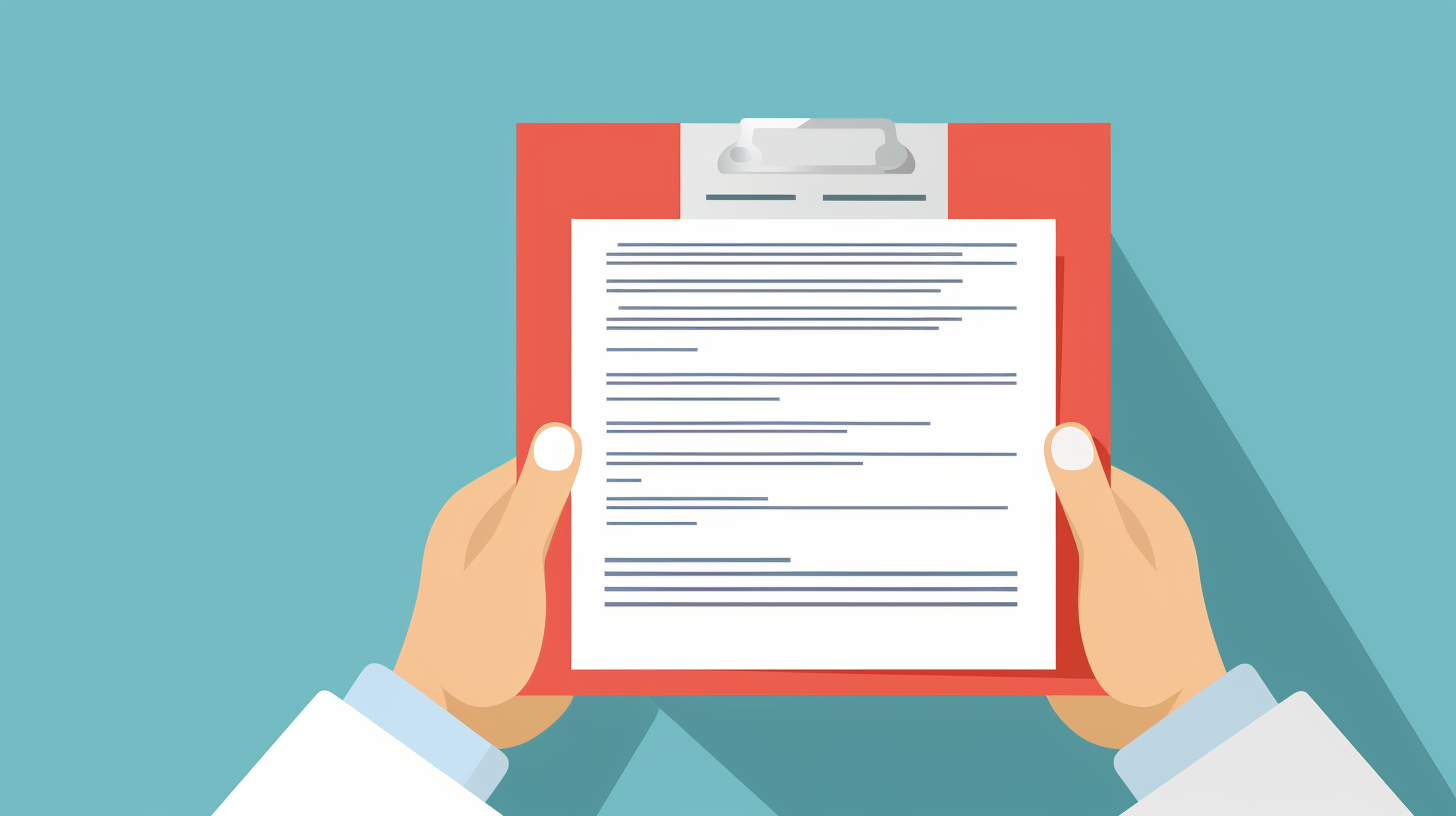How to Switch Insurance Providers

Switching insurance providers can indeed feel like a daunting task. The process can be a maze, with each turn leaving you more confused than before. Don’t fret; I get it! That’s why I invested time to thoroughly research this topic to make the transition smoother for you.
In this blog post, we’ll peel away the layers of ambiguity surrounding changing insurance carriers by walking you hand in hand through each step – from understanding when it’s time to switch providers right down to ensuring there isn’t even a momentary lapse in your coverage.
Are you ready for an easier ride on your insurance journey? Let’s dive right in!
Key Takeaways
- You can change your car insurance any time. Just look at the rules, costs, and coverage before you switch.
- Tell your loan or lease provider about the new insurance. They need to know this info.
- Start new coverage right when old one ends. This way, there’s no gap in between.
- Take time to think about what kind of coverage you need now. This may change as life events happen like moving homes or adding a driver to your policy.
- Shop around for good deals from many companies before making a choice. Don’t just look for low cost but also good service and response.
- If switching because of a bad claim experience with current insurer, wait until all is settled with that claim first before making a move.
Why Switch Insurance Companies?
You might think about changing car insurance companies for many reasons. Maybe you bought a new vehicle or added a new driver to your house. Shopping around could help you find lower rates and discounts.
Major life changes like getting married or moving homes can also affect your car insurance premium. If these big events happen, it is good to look at other options.
This even applies if you move states, cities, or zip codes! These places all have different car insurance rules that can change how much money you pay each year. For this reason, you should see what other insurance companies offer when these changes occur in your life.
Making the switch could save you some money and get better coverage for your needs!
When is the Right Time to Switch Insurance Providers?

Timing is essential when considering a switch in insurance providers. You might consider changing your insurer after an accident where your rates have skyrocketed, or if you’re moving to a new state which may offer different coverage options and rates.
It’s crucial to analyze these life circumstances carefully, as they can influence the timing of your choice for a potential switch. Don’t rush – take time to examine your needs and insurance offerings thoroughly before making any moves.
After an accident
An accident can make you rethink your insurance provider. You might feel that they didn’t handle your claim well or were slow to pay. It makes sense that after a bad experience, you may want to switch car insurance companies.
However, it’s not always the best idea to change right away.
If you have an open claim with your current insurer, jumping ship could cause problems. Your old company may still need to handle and pay off this claim before you can cut ties. So hold off on making a move until all is settled with the ongoing claim.
Upon receiving a significant rate increase
Your car insurance rate could go up at times. This can happen when it’s time for policy renewal. The increase might be due to you getting a new car, changes in your risk level, or just because the company decides so.
If this happens, think about switching your auto insurance provider. It might help you save money. Insurance companies change their rates often, so shop around for lower prices elsewhere.
Don’t stay with a higher premium if there are better deals out there.
When moving to a new state
Moving to a new state can change your car insurance needs. Each state has its own rules for car insurance. Your rates might go up or down, depending on where you move. It’s smart to look at your coverage before you move.
You might want to switch to a different company that gives better rates in your new state. Make sure the new coverage starts the same day the old one ends. This way, you won’t be without insurance for any time at all! But be careful if you have a claim open with your current company.
You may need to wait until it closes before making the switch.
How to Switch Insurance Providers in Easy Steps
Switching insurance providers can be a breeze with some planning. Start by evaluating your coverage needs, check for potential penalties then shop around to compare rates of different companies.
Once you’ve found the best fit, inform your current provider about the switch, research thoroughly on the new company and purchase an ideal policy that suits your requirements. Don’t forget to ensure there is no lapse in coverage during this process! Curious how exactly each step unfolds? Keep reading to find out more!
Evaluate Your Coverage Needs

Start by thinking about what you need from your insurance coverage. Are you a new driver or have a new car? Maybe you’re getting married or buying a home. All these things can change what kind of coverage you need.
Your life changes and so do your insurance needs. Some people might want full-coverage insurance with collision coverage and comprehensive insurance because they have a loan on their vehicle.
On the other hand, if your car is older, maybe you don’t need as much coverage. You could save money by only having the basics covered in your policy. So look at where you are now in life, how much risk level there is, and decide on the best type of coverage for that situation! It’s all about finding balance between protecting yourself from financial risk and not paying too high premiums.
Check for Potential Penalties
Some insurance firms may ask you to pay a fee if you leave before the term ends. This is known as a penalty. It is key to know about this fee before making your choice. Call your firm and ask them if there’s a penalty for leaving early.
Doing this will help you avoid any surprises when switching providers. Staying put until the end of your current policy can help to dodge these fees.
Shop Around and Compare Insurance Rates
Start by looking at different insurance companies. Use the internet to find good deals. Look for sites that will show many prices from different places. This is called comparing rates.
Some of these websites will give you a list of prices all in one spot! Make sure to write down the prices and details for each one. This makes it easy to see what each company offers and who has the best price.
Don’t forget, cheaper isn’t always better. You also want good coverage.
Contact Your Current Insurance Provider
Next, give a call to your current insurance provider. Let them know you’re thinking about changing companies. They might offer to lower your rate to keep you as a customer. If not, ask about any fees for ending your policy early.
Be sure they know the exact date you want your coverage to stop. It’s key that this day is the same as when your new policy starts. This step helps avoid having no insurance for some time or paying twice on one day.
Research the New Insurance Company
Look at the new insurance company. You need to know who they are and what they do. The best way is to read reviews from other people. See if other people like them or not.
Go to websites like J.D. Power, AM Best or the Better Business Bureau to see their scores. These sites will tell you a lot about how good these companies are at their job.
Purchase the Best Policy for Your Needs
Now it’s time to buy the best policy for you. Look at the prices and what each one offers. Think about your needs. Do you need full-coverage insurance or just basic? Maybe adding a pay-per-mile program will help if you don’t drive much.
Are there discounts that fit your life like being a good student or driving safely? Make sure the new policy starts on the same day as your old one ends. This helps keep any gaps in coverage away and keeps both policies from costing money at once.
Ensure There is No Lapse in Coverage
You need to start your new coverage right when the old one ends. This way, you won’t have a gap in your car insurance. A gap can put you at risk. It might be against the law in some places to drive without insurance.
So, set up your new policy before you cancel the old one. Make sure the dates line up just right!
Cancel Your Previous Insurance and Print New ID Cards
First, I call my old insurance company. I let them know I want to end my coverage. They tell me how to do this. Each company has their own way of doing it. Once done, I get new insurance.
Now, the last step is getting new ID cards for my car from my new provider! It’s key to have these in case something bad happens on the road and need proof of coverage.
Notifying Parties about Your Insurance Switch

Whenever you switch insurance providers, it’s essential to inform key parties such as your loan or lease provider about the change. Dig deeper into whom else may need to be informed and why their knowledge of your switch is crucial in our subsequent sections.
Inform Your Loan or Lease Provider
If you have a loan or lease on your car, it’s very important to tell them about your new insurance. They need this info to keep their records up-to-date. If you forget to do this, there might be problems down the road.
It does not take much time and it helps keep everything in order. Also, they might want proof of the new insurance. So get ready to share that as soon as you can!
Notify other relevant parties
If you owe money on your car, tell your lender about the insurance change. They need to know who will pay if there is damage to the car. Also inform anyone else who should be aware of the switch like any other drivers in your household.
Your work may also need to know if they cover some costs for added security or travel needs related to your job.
Frequently Asked Questions About Switching Insurance Providers
Queries about switching insurance providers are plentiful. Can I switch at any time? Do companies refund the premiums paid? Is it possible to change providers if I have an open claim? These burning questions and more will be addressed in detail, dispelling your doubts and making you more knowledgeable about all aspects of insurance switching.
Continue reading to get enlightened!
Can I switch insurance providers at any time?
Yes, you can change your insurance at any time. You don’t have to wait until the end of your current policy term. But remember one thing – don’t let your old coverage end before your new coverage begins.
This keeps you safe from lapses or overlaps in coverage. Also, if there’s an open claim with your current company, you may need to wait until it closes before making a switch.
Do insurance companies refund premiums already paid?
Yes, they can give back money. If you paid for your policy in full and cancel it before the end date, most companies will return the part you didn’t use. This is known as a refund of premium.
But each company can have different rules about this. Some may keep a small amount as a cancellation fee. The way to get your money back depends on how you made payments for your policy.
Can I switch insurance providers while I have an open claim?
Yes, you can start the process of switching insurance providers even if you have an open claim. But there’s something to keep in mind. Your current provider must handle and close that claim first.
You should wait until your claim is paid off before going fully into the switch. Changing too soon may cause problems with your claim. It’s always good to check with both companies involved in the switch about this matter, just to be sure.
Conclusion

Switching insurance providers can be easy. You just need to know when and how to do it right. With the right steps, you can get a new plan that fits your needs better. Happy switching!






